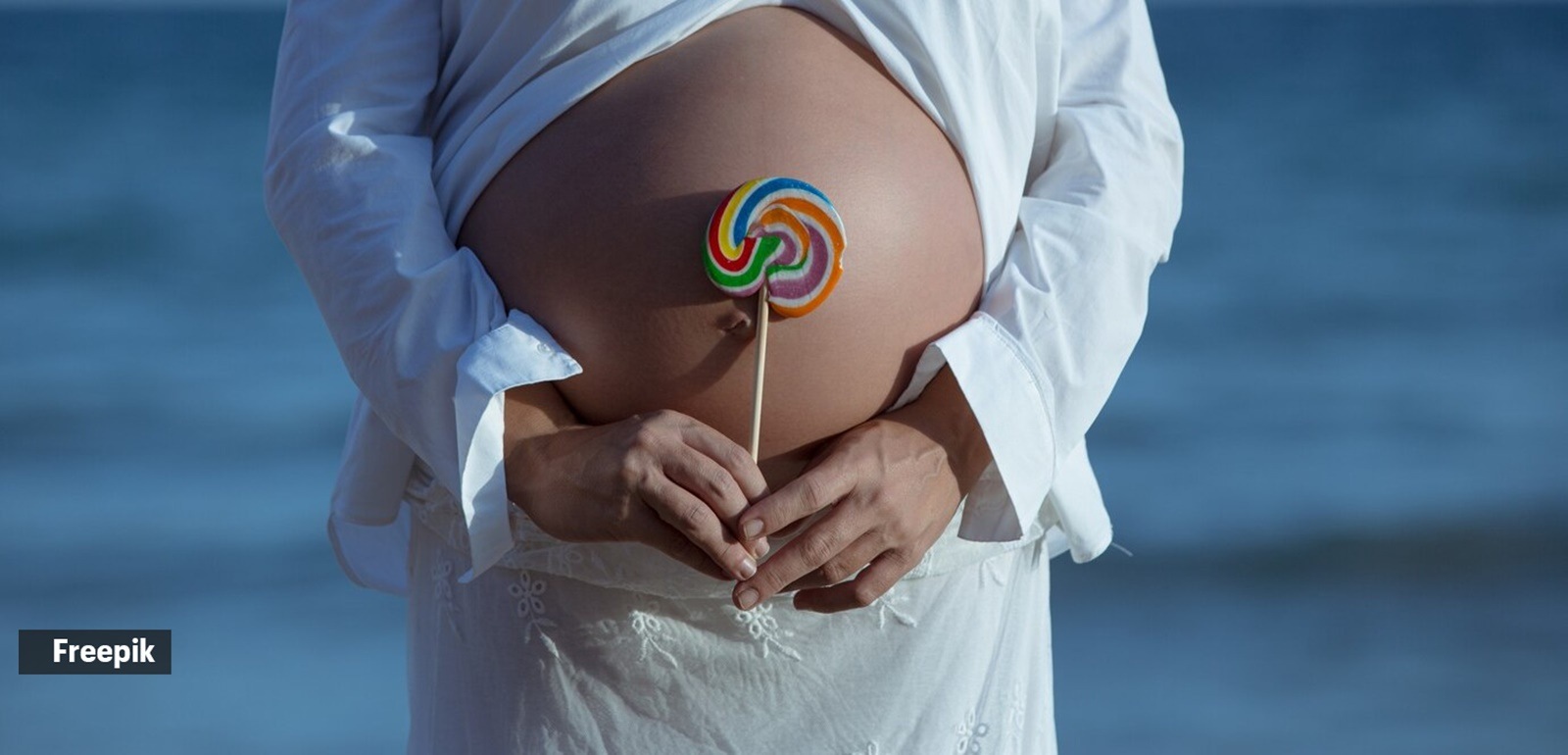Kalki Koechlin’s childhood in Auroville’s natural habitat shaped much of her personality, which was also reflected in her birthing choices. When the actor got pregnant, she chose a water birth to welcome her baby. In a recent conversation with Aleena Dissects, she spoke about her experience, encouraging more Indian women to go for it.
“I feel this should be the standard practice. Water birthing is much easier on the body, much easier when you are giving natural birth. There’s so much research that it’s easier for the baby when it comes out because it was in the amniotic fluid already, so it is not a big shock, and for the woman, in terms of recovery, it’s a smoother process in general. I think it should be the protocol,” the Yeh Jawani Hain Deewani actor said.
When asked why, she thinks, people don’t opt for this, Koechlin replied that the possible reasons could be a lack of information, public awareness, and affordability. “I don’t know why people don’t opt for it. I guess here it’s more expensive, so that’s a big reason why people don’t opt for it, but there are places where you can do it in a hospital, also. It’s not like some exclusive thing. You can. But people probably are not informed enough about it,” she explained her self, adding that “they just think it’s some weird cult or something, some weird chudail practice.”
Among natural birthing techniques gaining recognition, water birth has been stealing the spotlight lately, with more and more celebrities coming forward with their experiences.
 Should all women have a water birth? (Source: Freepik)
Should all women have a water birth? (Source: Freepik)
What is a water birth?
Simply put, a water birth refers to a kind of birthing in which the mother spends the final stages of labour in a birthing pool or a tub of warm water, which allows for a more relaxing, comfortable, and less complex delivery process.
“This is because the slow transition of the baby from the water environment in the mother’s womb (amniotic sac) to the outside air environment after delivery “is a lot less drastic” as compared to a normal delivery,” explained Dr Astha Dayal from The CK Birla Hospital for Women, Gurgaon.
Why is it gaining popularity?
According to Dr Dayal, buoyancy lessens a mother’s body weight, allowing for free movement. It also promotes more efficient uterine contractions and improves blood circulation, resulting in better oxygenation of the uterine muscles, less pain for the mother, and more oxygen for the baby.
Story continues below this ad
She told indianexpress.com that immersion in water is believed to help lower high blood pressure caused by anxiety. “The water seems to reduce stress-related hormones, allowing the mother’s body to produce endorphins, which serve as pain-inhibitors,” said Dr Dayal, adding that contractions can feel shorter and less intense in the warm, soothing water.
Can all women opt for water birth?
Dr Anjana Singh, director and HOD of Obstetrics and Gynaecology at Fortis Hospital, Noida, emphasised that only low-risk pregnancies are suitable for water births. “The foetus should be between 37 to 41 weeks, with the baby’s head positioned downward and adequate amniotic fluid,” she mentioned.
She added that water births are only recommended for healthy-term pregnancies, starting from 37 weeks onwards. “This is because preterm deliveries can face difficulties in thermoregulation, respiration, and neonatal complications. Women with complex medical histories involving risks like infection, bleeding disorders, or placental issues are better served by conventional delivery protocols,” she said, further mentioning that preterm pregnancies or women with previous caesarean sections should not opt for water births.
DISCLAIMER: This article is based on information from the public domain and/or the experts we spoke to. Always consult your health practitioner before starting any routine.



